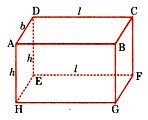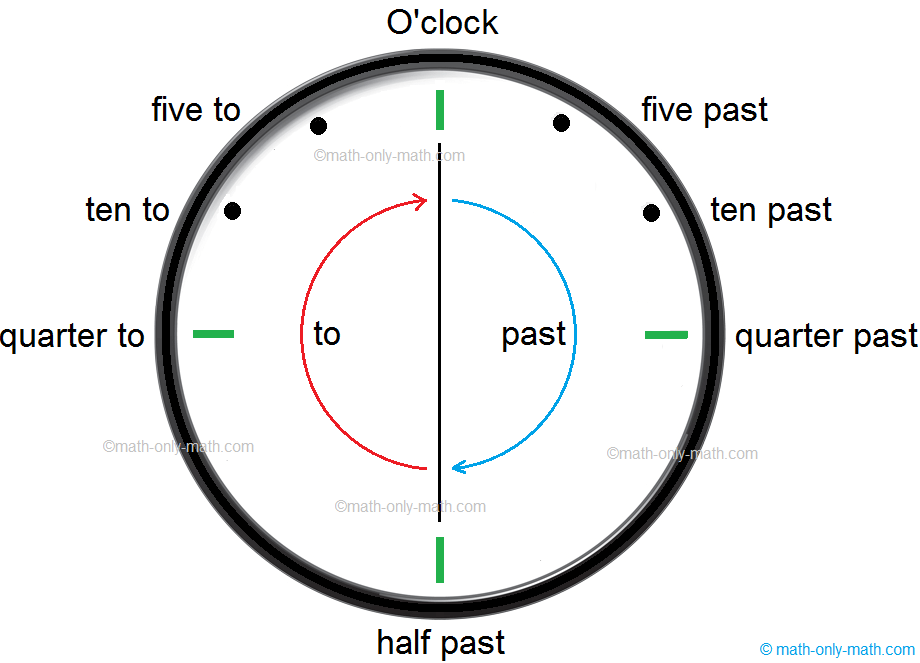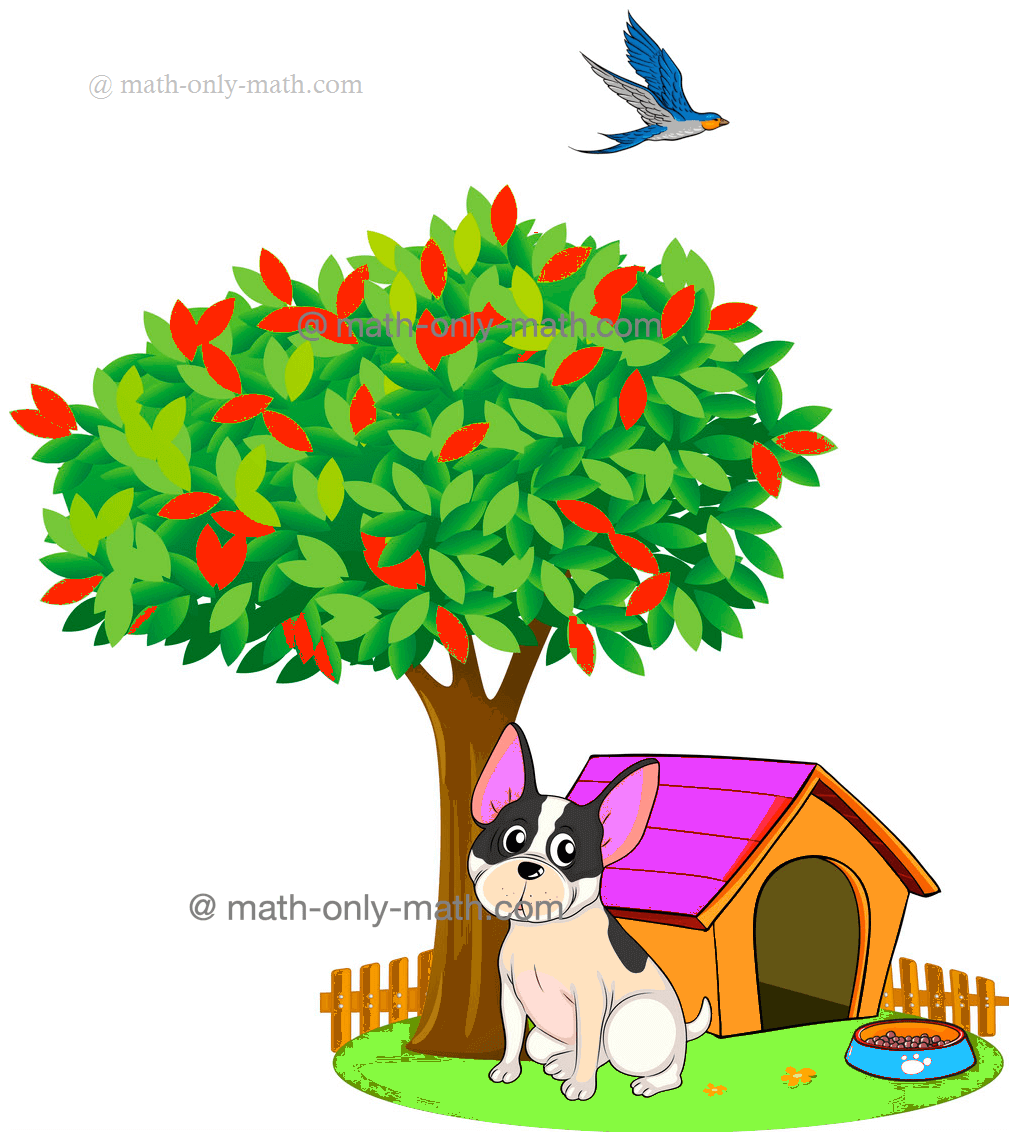Volume of Cubes and Cuboids
In volume of cubes and cuboids we will discuss how to calculate volume in different questions.
What is a Volume?
The volume of any 3-dimensional solid figure is the measure of space occupied by the solid. In case of a hollow 3-dimensional figure, the volume of the body is the difference in space occupied by the body and amount of space inside the body.
We also come across different hollow objects in our daily life. These hollow objects can be filled with air or liquid that takes the shape of the container. Here, the volume of the air or the liquid that the interior of the hollow object can accommodate is called the capacity of the hollow object.
Thus, the measure of space an object occupies is called its volume. The capacity of an object is the volume of substance its interior can accommodate.
● The units for measuring volume are cubic units, i.e., cm², m², etc.
● The volume can be measured in litres or milliliters. In such cases, volume is known as capacity.
Standard Unit of Volume:
Volume is always measured in cubic units. The standard unit volume is 1 cm³ but there are various other units of measurement of length like m, dm, dam, etc., so we have many other standards of measurement of volume.
Let’s observe the chart to understand the relation between the various units of volume.
Cuboid:
A cuboid is made of six rectangular regions called faces. It has 6 faces. They are ABCD (top face), EFGH (bottom face), ABGH (front face), DEFC (back face), ADEH and BCFG are side faces.
Thus, a cuboid is made up of 3 pairs of congruent rectangular faces (top, bottom); (front, back); (side face).
Face EFGH is called the base of the cuboid.
Front face ABGH, back face DEFC and side faces ADEH and BCFG are called the lateral faces of the cuboid.
Any two faces other than opposite faces meet in a line segment which is called an edge of the cuboid. The cuboid has 12 edges AB, BC, CD, DA, EF, FG, GH, HE, AH, BG, DE and CF. The three edges meet at a common point called the vertex. A cuboid has 8 vertices, namely A, B, C, D, E, F, G and H.
Now we will discuss about the volume of cubes and cuboids.
Volume of cuboid:
Let l, b, h represent length, breadth and height of the cuboid.
Area of the rectangular base EFGH of the cuboid = l × b.
Volume of the cuboid = (Area of base) × (height of the cuboid) = (l × b) × h = lbh
Let us consider a cuboid of length ‘l’, breadth ‘b’ and height ‘h’.
Then the volume of the cuboid is given by …………
● Volume = length × breadth × height
● Length of cuboid = Volume/(breadth × height)
● Breadth of the cuboid = Volume/(length × height)
● Height of the cuboid = Volume/(length × breadth)
Note:
While finding the volume of cuboid, length, breadth and height must be expressed in the same units.
Volume of cube:
It is a special type of cuboid whose length, breadth and height are equal. So, the volume of the cube whose edge is l is expressed as ……….
Volume of the cube = l × l × l = l³
Note:
If the length of the cube or the edge is 1 unit, then it is referred to as 1 unit cube.
● Volume and Surface Area of Solids
Worked-out Problems on Volume of a Cuboid
7th Grade Math Problems
8th Grade Math Practice
From Volume of Cubes and Cuboids to HOME PAGE
Didn't find what you were looking for? Or want to know more information about Math Only Math. Use this Google Search to find what you need.
Recent Articles
-
Quarter Past and Quarter To | Quarter Past Hour | Quarter to Next Hour
Nov 22, 24 01:00 AM
The hands of clock move from left to right. This is called the clock wise motion. When the minute hand is on the right side of the clock, it shows the number of minutes past the hour. When the minute… -
Time Duration |How to Calculate the Time Duration (in Hours & Minutes)
Nov 22, 24 12:34 AM
Time duration tells us how long it takes for an activity to complete. We will learn how to calculate the time duration in minutes and in hours. Time Duration (in minutes) Ron and Clara play badminton… -
2nd grade math Worksheets | Free Math Worksheets | By Grade and Topic
Nov 22, 24 12:12 AM
2nd grade math worksheets is carefully planned and thoughtfully presented on mathematics for the students. -
2nd Grade Measurement Worksheet | Measuring Length, Mass and Volume
Nov 20, 24 12:50 AM
In 2nd Grade Measurement Worksheet you will get different types of questions on measurement of length, measurement of weight (mass), measurement of capacity (volume), addition of length, addition of w… -
2nd Grade Fractions Worksheet | Basic Concept of Fractions | Answers
Nov 20, 24 12:16 AM
In 2nd Grade Fractions Worksheet we will solve different types of problems on fractions, one-whole, one-half, one-third, one-fourth, three-fourth or s quarter. In a fraction, it is important that the…







New! Comments
Have your say about what you just read! Leave me a comment in the box below. Ask a Question or Answer a Question.